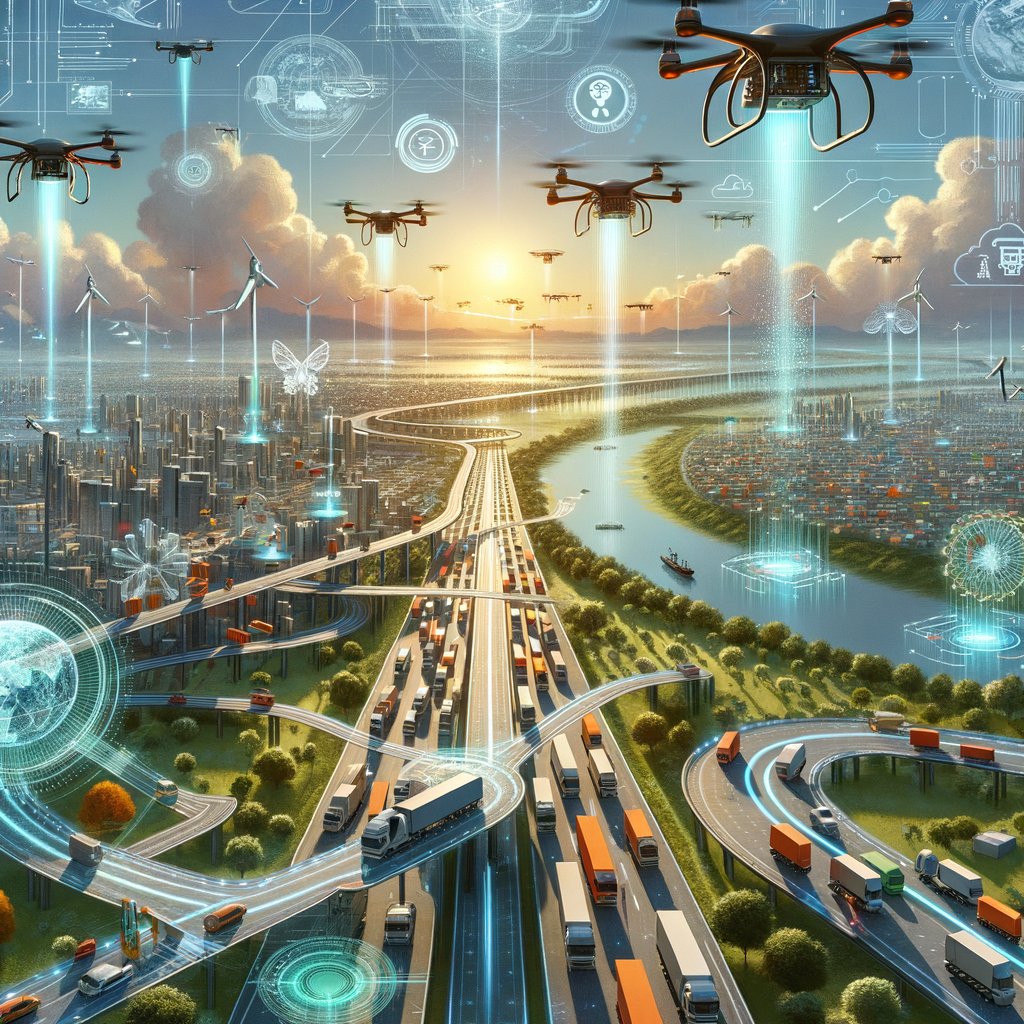Image created by AI
China Sets Its Sights on Revolutionary Advances in AI and Low-Altitude Transport by 2025
China is vigorously steering its technological and innovative prowess toward enhancing its transport sector, specifically targeting advancements in low-altitude transport and Artificial Intelligence (AI) as pivotal areas for development by the year 2025. This ambition was underscored during a recent Ministry of Transport (MOT) meeting, where officials green-lighted a task assignment plan set to roll out between 2024 and 2027.
The initiative is structured around integrating AI with low-altitude transport mechanisms such as drones, which have become increasingly central to modern logistics and delivery systems in China. By promoting these cutting-edge technologies, the MOT aims to significantly elevate the efficiency and intelligence of the national transport infrastructure.
The growing reliance on drone technology for logistics purposes is well documented, with an impressive tally of approximately 2.7 million parcels delivered via drone routes across the nation in 2024 alone. This indicates a robust scaling up from previous years, pointing to a well-orchestrated effort toward reshaping how goods are moved efficiently and swiftly over varied terrains and distances.
Financially, the trajectory for China's low-altitude transport sector is equally promising. A report by the Linksum Institute of Digital Industry illustrates a booming market valuation, forecasted to burgeon from 27.18 billion yuan (approximately 3.8 billion US dollars) in 2020 to between 120 and 150 billion yuan by 2025. This stark growth underscores the scale of China’s ambition and its commitment to leading globally in transport technology innovation.
The emphasis on AI and drone technology not only enhances logistical capabilities but also aligns with broader environmental and economic objectives. Drones, by nature of their design and operation, offer a greener alternative to traditional transport methods, reducing ground traffic, emissions, and improving air quality.
Moreover, the move to standardize road and air collaboration through intelligent transport systems is expected to streamline regulatory frameworks, foster safety in transportation, and catalyze further technological integration across other sectors. Given these advancements, China is set on a path that not only remodels its own transport paradigms but also sets a precedent for global transport standards in the future.
As China continues to implement these transformative technologies, it remains to be seen how these will impact global logistics and technological standards, potentially offering a blueprint for other nations to follow. The world watches as China takes bold strides towards a smarter, more interconnected transport future.










